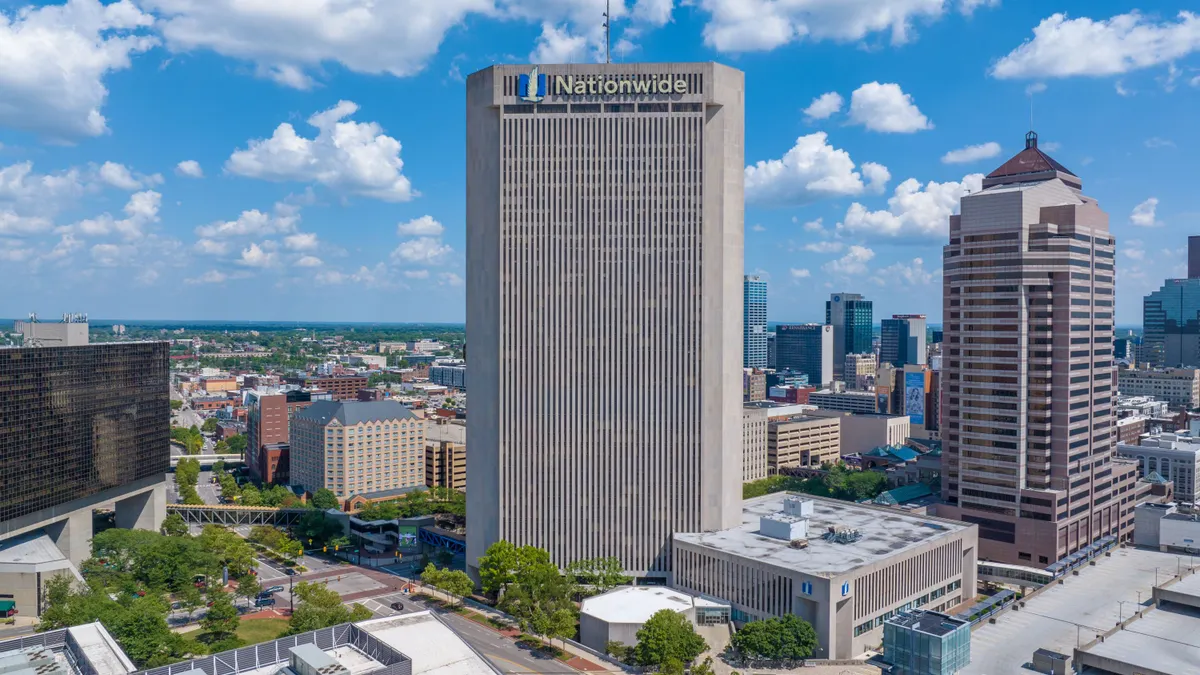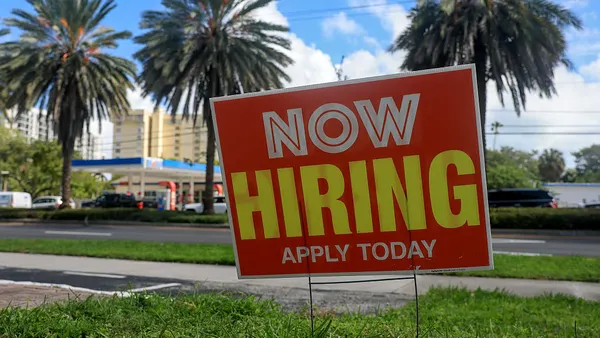Somewhere between setting a community example and selling boxes of Thin Mints, the Girl Scouts learned how to navigate the complexities of cybersecurity. And there's a badge for that.
In January, Hewlett Packard Enterprise (HPE) announced the launch of a cybersecurity education program for girls between the ages of nine and 11 with the Girl Scouts Nation's Capital.
The program sits on four fundamentals that the Scouts, and internet users, should be aware of:
- Personal information and the digital footprint
- Online safety and looking for hints in suspicious activity
- Privacy and security pertaining to secure accounts, permissions and public Wi-Fi
- Cyberbullying
By 2020 there will be about 1.2 million vacant cybersecurity jobs, according to Forrester. Some argue that "it's too late" for the industry to address the cybersecurity diversity issue because there has been too much focus on the immediate future instead of where to find a diverse candidate pool.
Reimagining careers in fields that have predominantly been owned by men helps shape a future that young girls can see themselves in. "Kids cannot aspire to be what they cannot see or what they cannot imagine," said Liz Joyce, CISO of HPE, in an interview with CIO Dive.
How the Girl Scouts found HPE
The Girl Scouts Nation's Capital put out a notice for a program, which is atypical for how programs are usually developed. But local troop leader, Hillary Tabor, of Troop 218, has a special connection with HPE.
Tabor's husband works for HPE and he had a colleague come to meet the girls. His colleague was Joyce.
Tabor told her husband, who relayed the information to Joyce, a "cookie mom" herself, that the Girl Scouts were accessing the internet more frequently but lack the content to effectively educate the girls on cybersecurity.
The women started a dialogue with the council in Girl Scouts Nation's Capital and later determined it wasn't an initiative for just a single troop.
HPE has a culture committed to community service and collaborating, and Tabor spoke to a greater need to get young girls passionate about STEM and cyber. It was "something we were happy to do," said Joyce.
Troop 218 was the program's guinea pig before it was rolled out to the rest of the Girl Scouts organization. "HPE did a really good job about being responsive to their interests," Tabor told CIO Dive.
The formula for a successful program depended on girls having fun and experimenting in a safe environment. Additionally, it was important to Joyce for the girls to have the right platform. "If you're going to learn about technology, you should be doing a true technology," she said. Enter game developer Brenda Romero.
Working with Romero and Girls Scouts Nation's Capital was a "fortuitous situation" and an "alignment of the stars," said Joyce.
Troop 218, comprised of sixth graders, liked the gamification of the program because it "guided you in the right direction," Maya, one of the troop members, told CIO Dive. It also allowed the girls to avoid "zoning out" from a presentation because the game "draws you in more," said Konstantina.
An example to follow
The completion of the cybersecurity program, like any other program Scouts participate in, earns the girls a patch. A patch is a representation of an accomplishment after "doing something good and fun with all your friends" and you collect a small token for it, said Ella.
Last year the Girl Scouts partnered with Raytheon for a badge that prepares girls in grades six to 12 for cybersecurity, computer science and robotics. Girls in kindergarten through the fifth grade could earn a badge in cybersecurity, funded by Palo Alto Networks, and mechanical engineering.
Other powerful women in technology, like IBM CEO Ginni Rometty, are Girl Scouts alumni too. Rometty serves as a mentor to push for a stronger female presence in a field with a gender gap.
Joyce is a self-described "math and science geek" and would watch every TV show about science in grade school. Joyce found a deep passion for academics and the "logic of science, that you can have structure and formula and solve problems and answer big questions."
However, cybersecurity spoke to Joyce's love for reading thrillers and mysteries. "There was always a puzzle with cyber." She also saw the opening for cyber in nearly every industry because "the world became more connected online."
Cyber touches everything on an international scale. When working in managed services, there was a graphic of a globe on one of the display screens on the operations floor with data analytics that showcased real-time cyber events where she sat "watching a globe turn red" on the day Code Red hit, she said.
It was then that it hit Joyce just how expansive cyber is. "It was never about an individual, or a single department, or a single company, or even a single country; it truly was a global issue that touched anything and everything," said Joyce.
Early on in Joyce's career, she had the experience of supporting particular systems and groups and had the experience of "people walking straight past me to the guy at the desk beside me because it was a technical question and he would very politely redirect them to me."
Troop 218 has an array of career aspirations, such as 3-D artist, marine biologist and cardiologist. Many of these roles are not explicitly in the tech industry, nevertheless technology, data and analytics will play heavily into those fields.
Two girls want a career in law enforcement, specifically police work. As bad actors become more sophisticated, cybersecurity will demand more attention by law enforcement.
"My dad was already super protective about all of our devices," said Maya, but now the girls know when to check if a site is secure, if its information is reliable and how to make passwords more protective.
"I checked all my passwords" after playing the game, said Ella. She found that most of her passwords were safe.




















